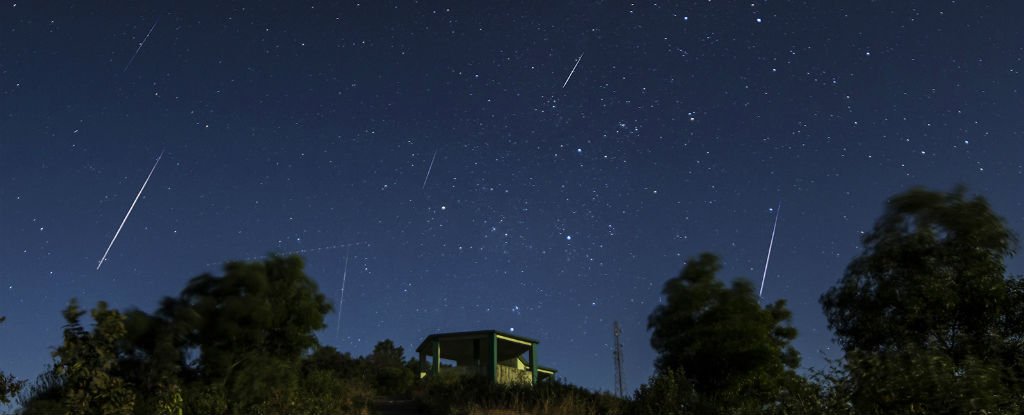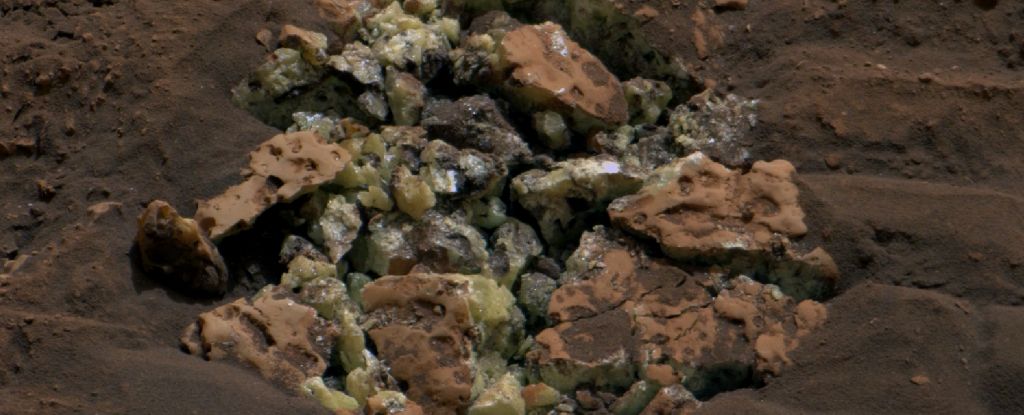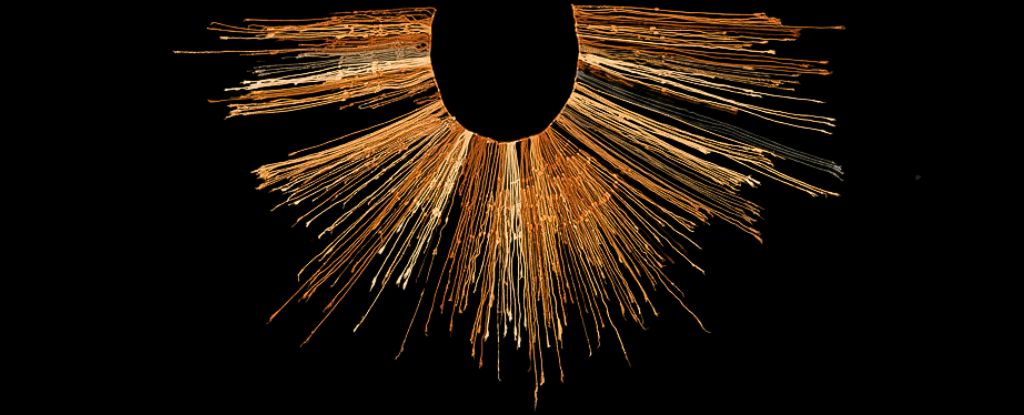Depending on where you are in the world, venturing outside at night to watch one of 2023’s best meteor showers will either be pleasant (Southern Hemisphere) or a freezing cold nightmare that only the bravest skywatchers will dare to attempt (Northern Hemisphere).
But if you can find a clear, cloudless patch of sky, viewing the Geminids meteor shower at its peak will be entirely worth it.
These meteors tend to be especially bright, prolific, and reliable around this time every year, and with a waxing crescent Moon giving you a dark backdrop, you should be able to get an awesome view this weekend without a telescope.
The Geminids can be seen annually between November 19 and December 24, with its peak activity this year expected to occur between late night and dawn on December 13 and 14 UTC.
If you can get out under the stars during its peak, the Geminids is expected to deliver an impressive 120 meteors per hour.
The Geminids are unique because they’re the result of an asteroid, not a comet.
The asteroid is known as 3200 Phaethon, and it was discovered back in 1985. Its orbit is takes it closer to the Sun than Mercury before shooting it out past the orbit of Mars, and every mid-December material from the asteroid intersects Earth’s orbit causing the Geminid meteor shower.
It’s not yet known exactly how material from an asteroid is released into a meteoroid stream, but it’s something that NASA is studying.
The Geminids are named after the Gemini constellation, which is located between the constellations Taurus and Cancer and appears to be the source of the meteor shower in the night sky.
While the meteor shower is most visible from the Northern Hemisphere, it’s also visible in the southern hemisphere, although their may be slightly less meteors on show.
The Geminid meteor shower is best around 2 am your local time because its radiant point – the point in our sky from which the meteors seem to radiate – is highest in the sky at that time.
Just make sure you give yourself about 20 minutes to let your eyes adjust to the darkness, and then a viewing time of about an hour.
To get your best local times and locations for Geminids viewing, head to the Time and Date website.





